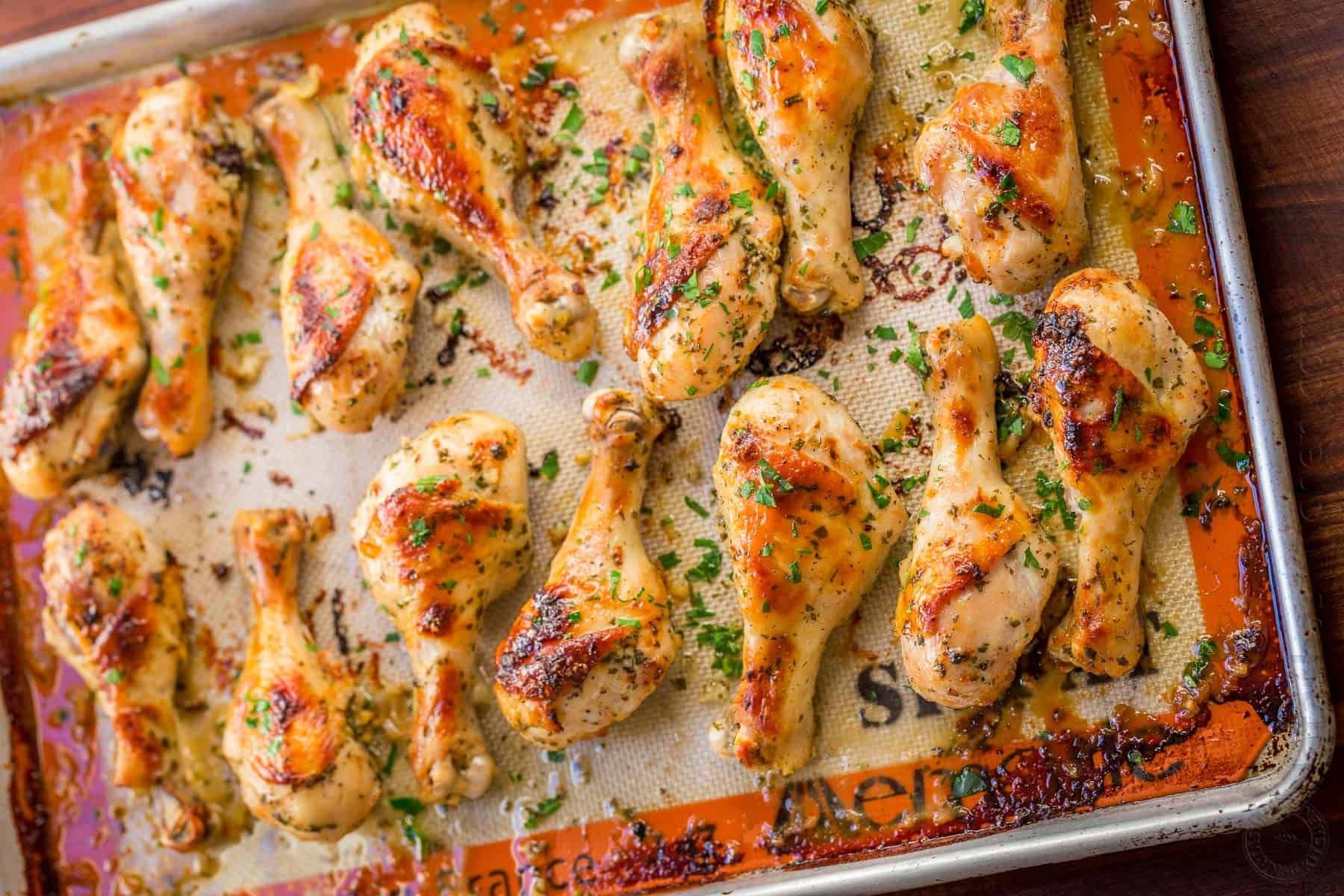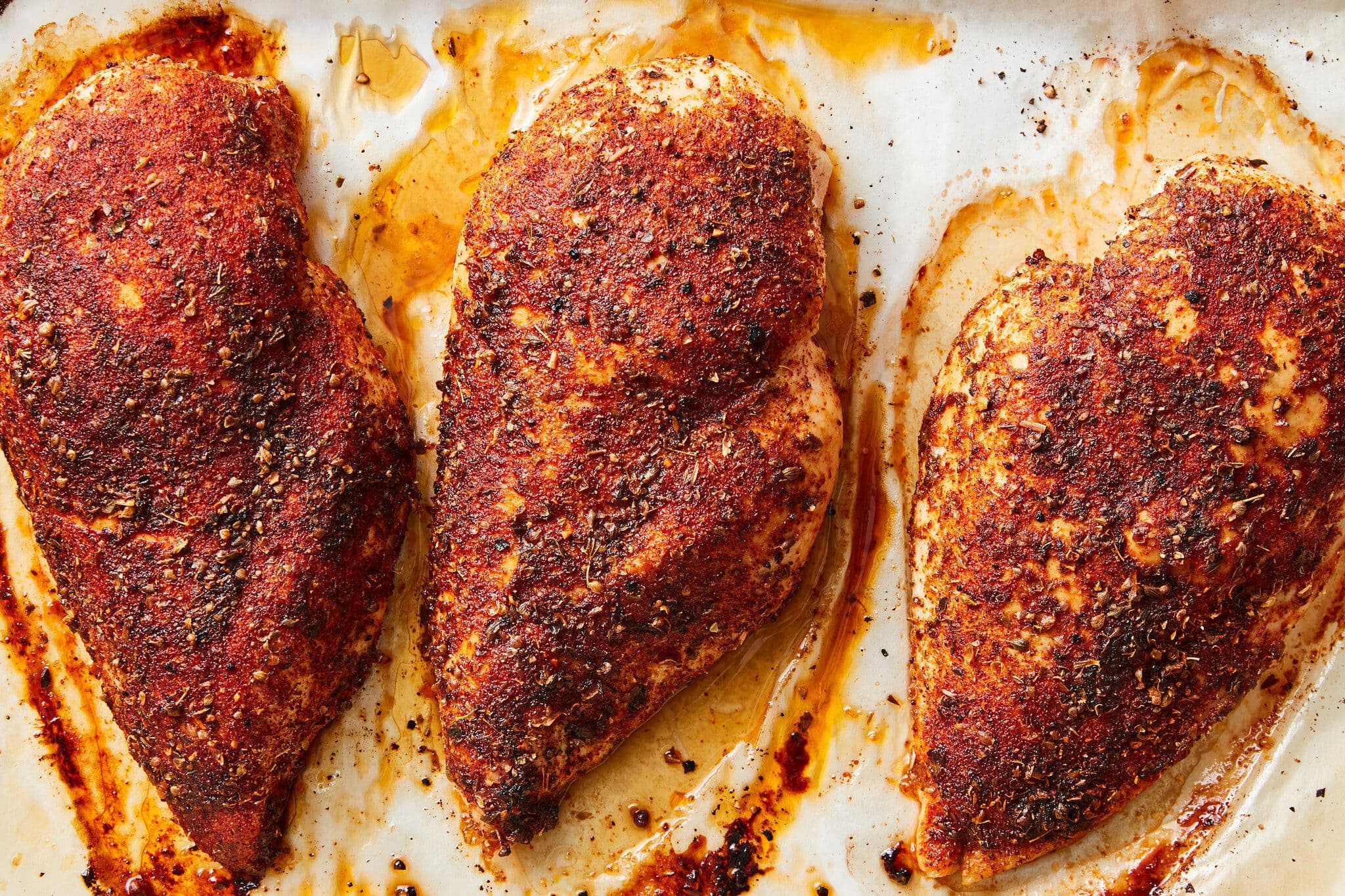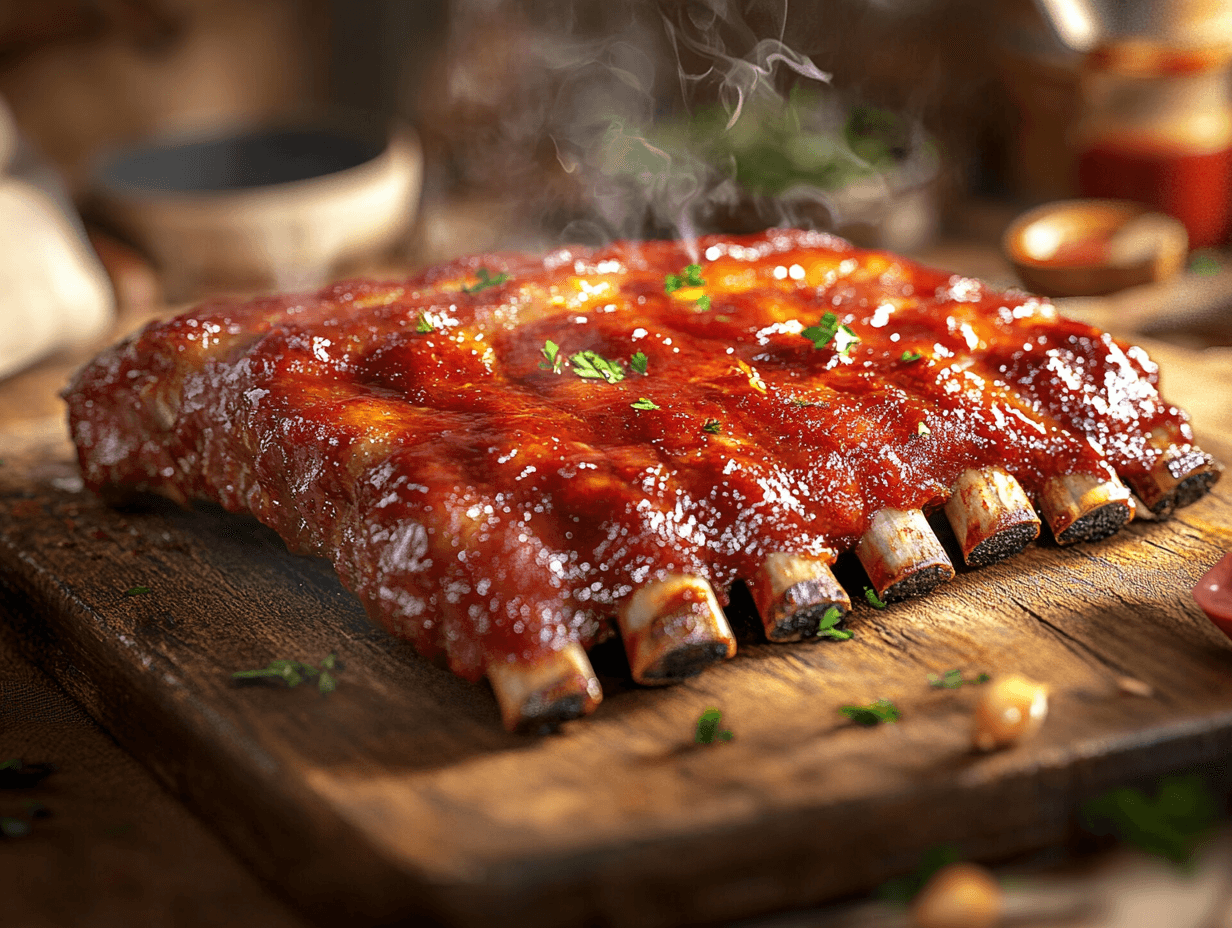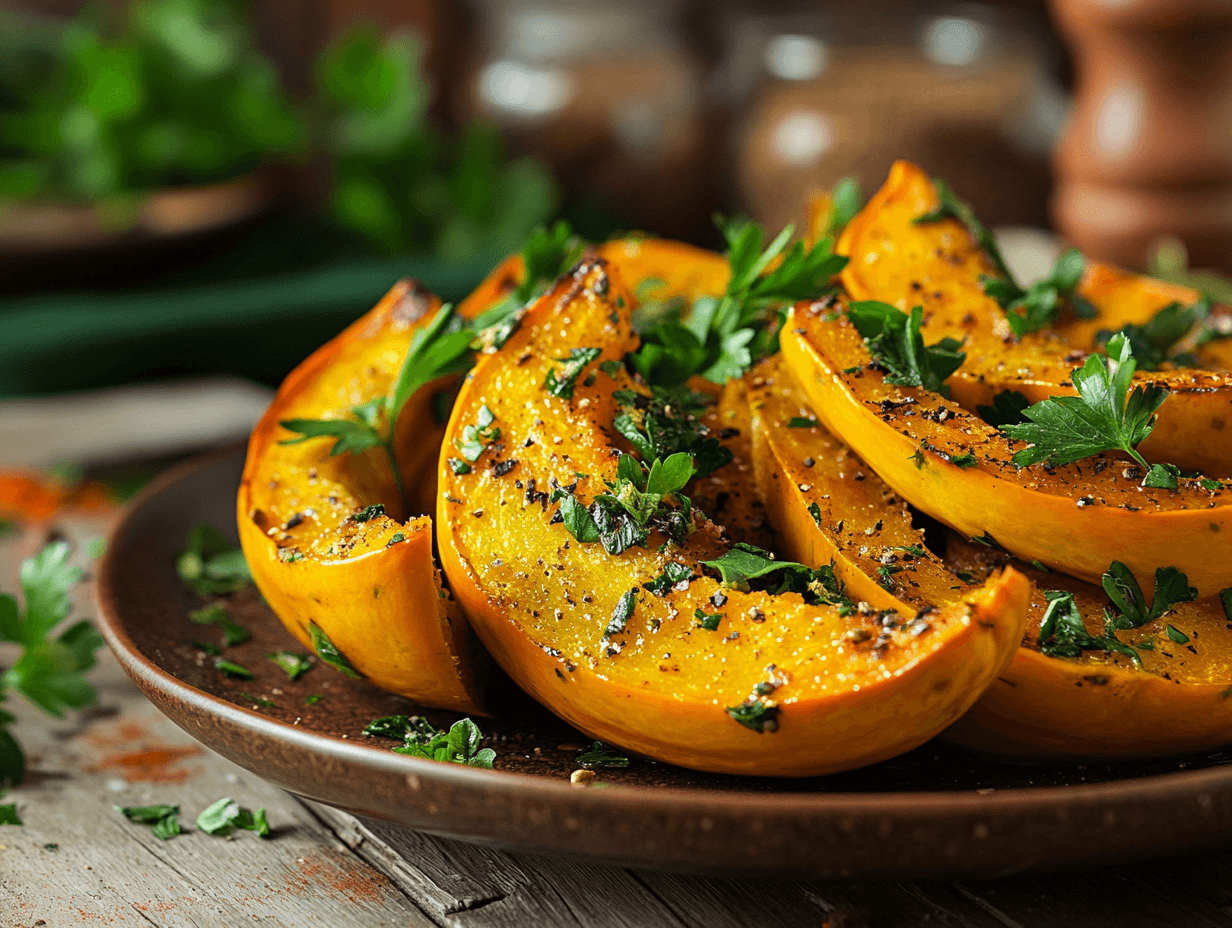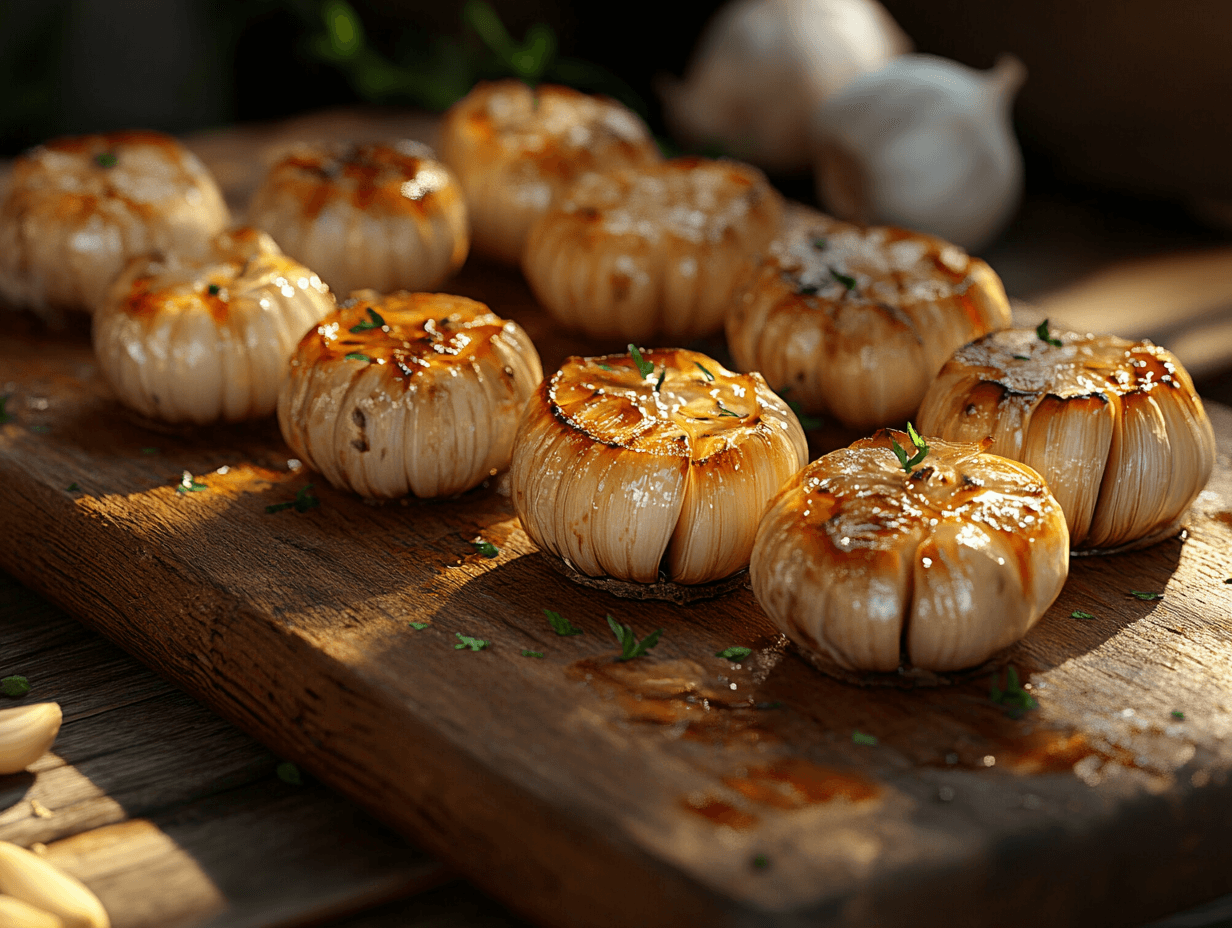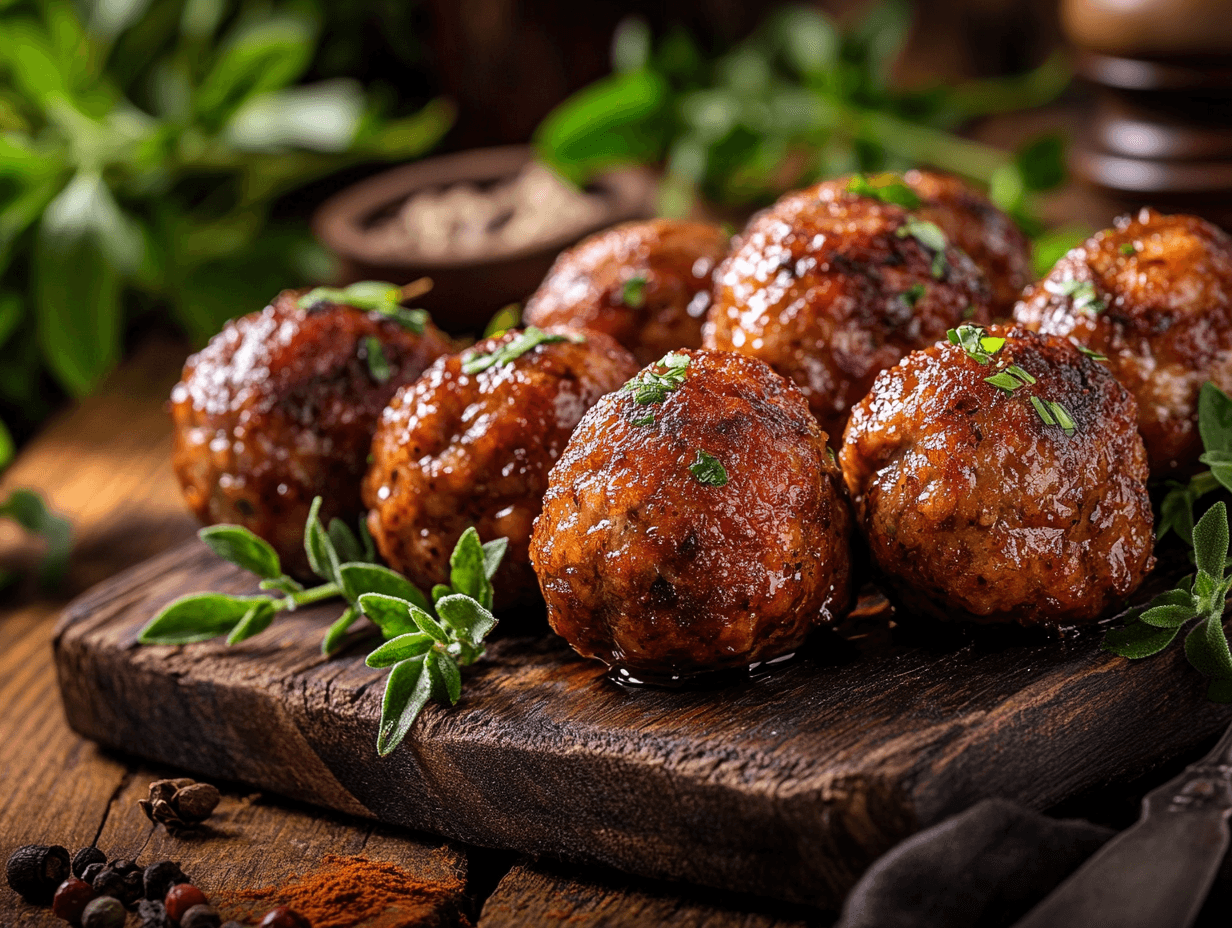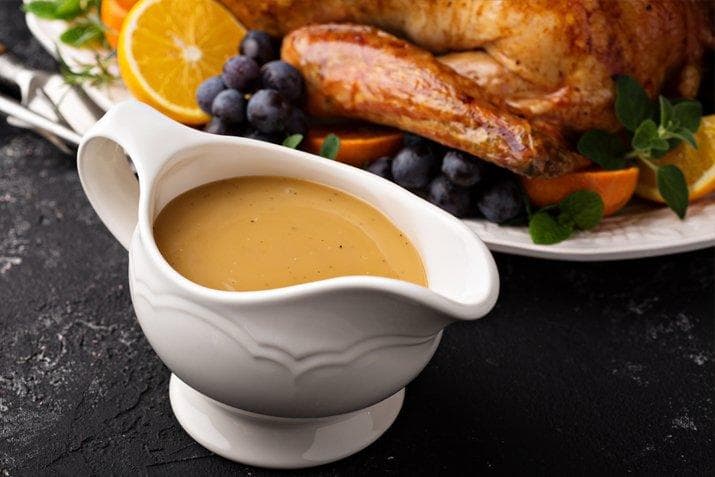Why Is It Important to Properly Sauté Mushrooms?
Sautéing mushrooms correctly is crucial to bringing out their unique flavor and achieving a pleasant texture. If sautéed at the wrong temperature or for an incorrect amount of time, mushrooms can become soft and release too much liquid, affecting both the flavor and appearance of the final dish. On the other hand, proper sautéing achieves perfect browning, intensifying the flavors and adding a crispy touch to the outside while keeping the inside juicy.
Additionally, mushrooms contain water in their structure, so it’s essential to control the cooking process to prevent them from steaming rather than sautéing. Well-executed sautéing retains the umami flavor characteristic of mushrooms, elevating any recipe in which they are used.

The Best Types of Mushrooms for Sautéing
There are several types of mushrooms that are ideal for sautéing due to their texture, flavor, and ability to brown perfectly. Among the most popular are:
- White Button Mushrooms (Agaricus bisporus): These are the most common and accessible. They have a mild flavor and firm texture that holds up well during sautéing. They are versatile and adapt to a wide variety of recipes.
- Portobello: Portobello mushrooms are known for their large size and meaty texture. When sautéed, they develop a deep, earthy flavor, making them perfect for more robust dishes or even as a meat substitute.
- Shiitake: Shiitake mushrooms have an intense umami flavor, making them an excellent choice for sautéing. Their slightly chewy texture adds an interesting touch to any dish.
- Cremini: Also known as brown mushrooms, these are a more mature version of the white button mushroom. They have a richer flavor and denser texture, making them ideal for sautés that require a more pronounced taste.
These mushrooms not only brown well but also retain their flavor and texture during cooking, making the final result delicious and visually appealing.

Preparation: How to Clean and Slice Mushrooms
Before sautéing mushrooms, it is crucial to prepare them properly to ensure an optimal result. Cleaning and slicing are fundamental steps that should not be overlooked.
- Cleaning: Mushrooms should not be soaked in water to clean them, as they quickly absorb liquid, which can ruin their texture when sautéed. Instead, use a damp cloth or a soft brush to remove any dirt. If necessary, you can rinse them briefly under cold running water, but be sure to dry them thoroughly with a paper towel before slicing.
- Slicing: How you slice the mushrooms will depend on the type of mushroom and the dish you are preparing. For smaller mushrooms like white button or cremini, it is common to slice them into thin strips or quarters. Larger mushrooms, like Portobello, can be sliced into strips or diced. Ensure the slices are uniform to cook evenly.
Proper slicing and cleaning ensure that mushrooms maintain their texture and flavor during the sautéing process, preventing them from becoming soggy or watery.

Ideal Temperature for Sautéing Mushrooms
Temperature is one of the most critical factors when sautéing mushrooms. To achieve perfect browning and prevent the mushrooms from steaming instead of sautéing, it’s essential to use high heat. The recommended temperature for sautéing mushrooms is between 375°F and 400°F (190°C to 200°C). At this temperature, the mushrooms brown quickly on the outside, sealing in moisture and preventing them from becoming soggy.
It’s important to preheat the pan before adding the mushrooms and ensure it isn’t overcrowded. If too many mushrooms are placed in the pan at once, the temperature will drop, and the desired browning won’t occur. Cooking mushrooms in small batches helps maintain a high, consistent temperature, ensuring a perfect sauté with the crispy texture and deep flavor you’re aiming for.

Oil or Butter? What to Use for Sautéing Mushrooms
| Ingredient | Benefits |
|---|---|
| Oil (especially olive oil) | - High smoke point, ideal for high temperatures. - Provides a light, fruity flavor. - Prevents mushrooms from steaming. |
| Butter | - Adds a rich, creamy flavor. - Enhances the umami flavor of mushrooms. - Perfect for giving a final touch to the sauté. |
Both ingredients have their merits, but for a perfect mushroom sauté, the best approach is to combine them. Start cooking with oil to take advantage of its resistance to high temperatures and achieve even browning, then add a small amount of butter towards the end to give an extra touch of flavor without burning it.

Step-by-Step Guide to Perfectly Sautéed Mushrooms
Ingredients:
- Mushrooms – 200 g (about 7 oz): The star ingredient, providing earthy flavor and meaty texture.
- Olive oil – 2 tablespoons: Helps with browning and prevents the mushrooms from sticking.
- Butter – 1 tablespoon: Adds richness and enhances the flavor.
- Salt – 1/2 teaspoon: Essential to bring out the natural taste of mushrooms.
- Black pepper – 1/4 teaspoon: Adds a mild spicy note and depth to the dish.
- Optional spices: according to preference.
Instructions
Step 1: Prepare the Mushrooms
Clean 200 g (about 7 oz) mushrooms with a damp cloth or soft brush to remove dirt. Avoid washing directly under water, as mushrooms absorb moisture easily. Slice them evenly to ensure they cook at the same speed.
Step 2: Preheat the Pan
Place a pan on the stove over medium-high heat and let it preheat for a minute or two. A hot pan is key to proper caramelization and prevents mushrooms from steaming instead of browning.
Step 3: Add the Olive Oil
Pour 2 tablespoons of olive oil into the hot pan. Tilt the pan slightly to coat the entire cooking surface, ensuring the mushrooms won’t stick and will develop a golden crust.
Step 4: Cook the Mushrooms
Add the sliced mushrooms in a single layer. With 200 g mushrooms, your pan should handle them without overcrowding. If needed, cook in two smaller batches. Leave them undisturbed for 3–4 minutes to let a golden crust form.
Step 5: Stir and Add Butter
Once browned on one side, toss the mushrooms gently and add 1 tablespoon of butter. This enriches the flavor and gives them a glossy finish. Continue cooking for another 2–3 minutes until evenly browned.
Step 6: Season
Sprinkle 1/2 teaspoon salt and 1/4 teaspoon black pepper directly into the pan. Stir for 1 extra minute so the seasoning distributes evenly and enhances their umami flavor.
Step 7: Serve
Remove the mushrooms from the pan and serve immediately. They are perfect as a side for steaks, chicken, pasta, or enjoyed on their own as a savory snack.

Conclusion
Sautéing mushrooms might seem simple, but mastering the technique requires attention to detail at every step, from preparation to ingredient selection and temperature control. By using the right type of mushrooms, combining oil and butter for the best flavor and texture, and following a well-structured process, you can elevate your sautéed mushrooms to the next level. These small adjustments not only enhance the flavor but also transform a basic ingredient into a standout element of any dish.
Frequently Asked Questions
Q: Why is it important to properly sauté mushrooms?
A: Proper sautéing enhances their umami flavor and ensures a pleasant texture. If cooked incorrectly, mushrooms release too much water, becoming soggy. Done right, they brown beautifully, staying juicy inside and crispy outside.
Q: What types of mushrooms are best for sautéing?
A: White button, cremini, shiitake, and portobello are great choices. They hold their texture, brown evenly, and deliver deep flavor. Each type adds its own unique taste and richness to dishes.
Q: What is the ideal temperature for sautéing mushrooms?
A: High heat between 375°F and 400°F works best. It allows for quick browning while sealing in moisture. Always preheat the pan and avoid overcrowding to ensure even cooking and crispiness.
Q: Should I use oil or butter when sautéing mushrooms?
A: Both are best when combined. Start with oil for high heat and even browning, then add butter at the end for flavor and richness. This method prevents burning while giving a perfect finish.

